By Julia Fairclough Making Prospect Street and Webster Avenue two-way roads, adding bike lanes and snaking a lane of traffic through the existing plaza are just a few measures that planners threw out during the first Union Square transportation planning meeting on Wednesday night. Held at the Argenziano School on Washington Street, there was standing room only in the cafeteria, as residents gathered to talk about a passionate issue in the historic-yet traffic plagued-square. In general, residents liked what the city and consultants from Howard/Stein Hudson Associates mapped out. Concerns for the most part addressed the finer elements, such as how the plan will alleviate the cut-through traffic and how the flow of traffic will loop around the square and out onto Webster and Prospect Streets. The transportation plans and roadway improvements are just part of the entire package for Union Square, said Monica Lamboy, who heads the city's strategic planning and community development office. The Board of Alderman last April approved a rezoning package for Union Square that examines private uses for businesses and residents. This plan is looking at the public land and how to preserve the history of Union Square plaza while cutting down on the congestion, promoting equity amongst bikers, motorists and pedestrians and improving the public space. The transportation plan will ultimately address how to draw people from the new Green Line Extension T stop by Prospect Street and into the square, Lamboy said. Feedback given on Wednesday will help planners shape a more final draft by September, and hold more community meetings. Planners want to implement the improvements by the time the Green Line Extension is built in 2014. The project boils down to the following options: o Make Webster Avenue and Prospect Street two way roads, which will alleviate traffic clogs in the center of Union Square. One option involves bike lanes on both sides of Webster Avenue, which will call for getting rid of 21 parking spaces along Webster Avenue. However, 37 parking spaces could be added along Prospect Street in the area of the new T station. The other option entails having parking (five spaces) on both streets on the West side of the road. Instead of bike lanes on Webster Avenue, there will be "sharrows," which indicate bikes share a lane with a car (a picture of a bike is painted on the side of the road). People need to decide whether it is more important to have bike lanes or parking, said Keri Pyke, the director of transportation planning for Hudson. o Make Somerville Avenue a two-way road by Bow Street, heading west. More sidewalk space will be added in the area by the Reliable Market. The "passive" open space traffic island on Bow Street would be removed. A bike lane would be added along the eastbound lane on Somerville Avenue. The pro is gaining 26,000 square feet of usable open space in the form of sidewalks, which could host bike racks and art work. The plan would call for losing four parking spaces on Bow Street. There are three options to reconfigure traffic in the heart of Union Square, which are as follows: Option 1. Existing conditions modified-The significant change here entails taking the 15-space parking lot in front of the Independent and making it into open space. There would be enough width to add a bike lane in both directions on Somerville Avenue. Traffic signals (which will also be true for the next two options) will feature a bike detection signal. Bike parking will also be added. Option 2. A One-way pair-This option entails a more radical alignment, with a one-way road passing through the plaza in front of the Independent, parallel to the existing Somerville Avenue. The road will be curved to add a "traffic calming" affect. The new road would line up with Bonner Avenue, and there would be a traffic light at Bonner Avenue. Bike lanes would extend along the road and new pedestrian crossings would be added. While this option would nearly double the open space (to total 10,300 square feet), it would reduce on-street parking from 60 to 25 spaces. Option 3. Washington Street two-way with a Somerville Avenue Woonerf-This option calls for reconnecting Washington Street through its center, with a "woonerf" running down Somerville Avenue. A woonerf is a street where pedestrians and cyclists have legal priority over motorists, such as Winter Street in Downtown Crossing. The advantage to building a woonerf is that the street can be closed off on weekends to use for festivals; and still allow partial access. The disadvantage is that traffic on the est side of the square would be heavier in the afternoons. Adding the woonerf would result in losing half the parking spaces along Somerville Avenue. |
||||



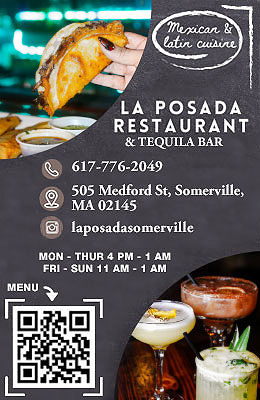
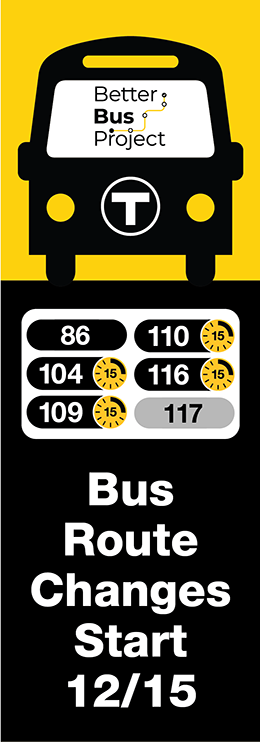

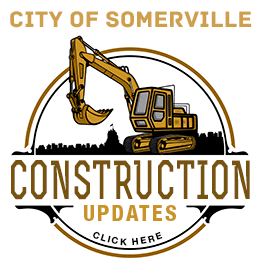


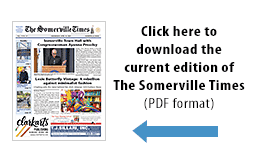


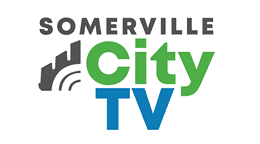
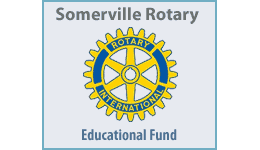
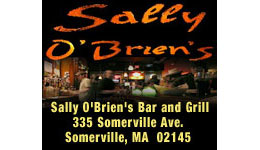

Reader Comments